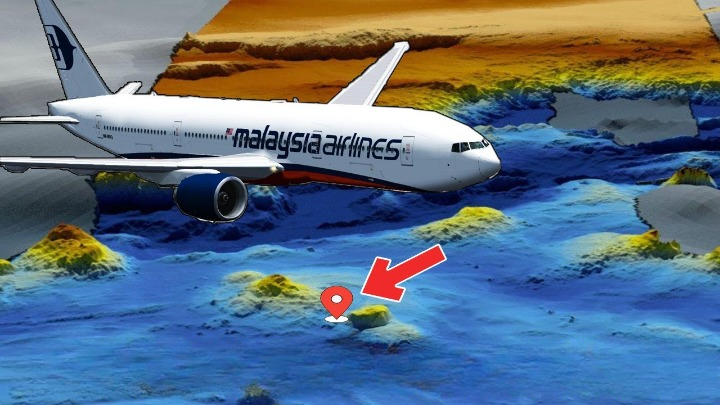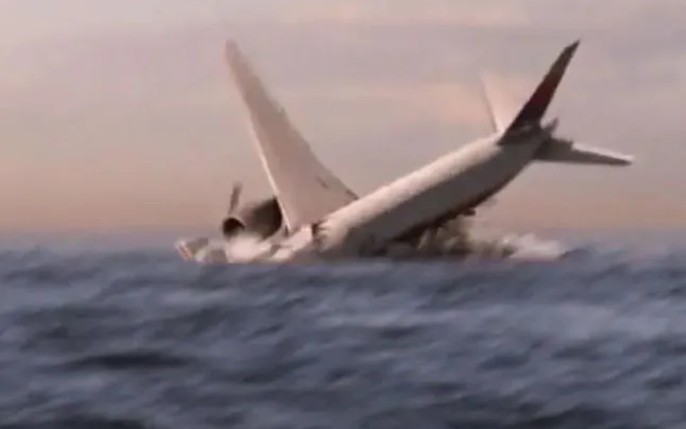In a significant breakthrough, new scientific discoveries may finally reveal the fate of Malaysian Flight MH370, one of the greatest aviation mysteries of the 21st century. This groundbreaking development has the potential to change the narrative of the flight’s disappearance and bring closure to the families of the 239 passengers and crew members who were on board.
The Disappearance
Malaysian Airlines Flight MH370 disappeared on March 8, 2014, after taking off from Kuala Lumpur en route to Beijing. Less than an hour into the flight, the aircraft lost contact with air traffic control and vanished from radar screens. Despite extensive search efforts covering vast areas of the Indian Ocean, the main wreckage of the Boeing 777 has remained elusive.
 New Scientific Discovery
New Scientific Discovery
A recent breakthrough has emerged from the re-analysis of satellite data and oceanographic models. Advanced techniques have led to a more precise calculation of the flight’s likely path after it deviated from its intended route. This new analysis has pinpointed a previously unsearched area in the southern Indian Ocean, offering fresh hope in the search for MH370.
Refined Satellite Data
Researchers have employed state-of-the-art data processing methods to re-examine the satellite communications from MH370. These refined techniques have allowed for a more accurate determination of the aircraft’s trajectory, significantly narrowing down the potential crash site.
 Oceanographic Insights
Oceanographic Insights
The refined satellite data has been integrated with sophisticated oceanographic models that track drift patterns and ocean currents. This integration has identified a convergence zone where debris consistent with MH370 could have drifted. This area matches the locations where confirmed MH370 debris was found on African shores and Indian Ocean islands.
Underwater Technology
Equipped with advanced underwater drone technology, search teams are now capable of conducting detailed surveys of the ocean floor. These drones, capable of operating at extreme depths, can map the seabed and identify anomalies that may be wreckage from MH370. This technology represents a significant leap forward in the search capabilities for deep-sea missions.

Implications for Aviation Safety
The potential discovery of MH370 would have profound implications for the aviation industry. It could provide critical insights into the events leading up to the disappearance, informing improvements in aircraft tracking, communication systems, and safety protocols to prevent similar tragedies in the future.
Impact on Families
For the families of the passengers and crew, this discovery brings a renewed sense of hope. The search for answers has been an agonizing journey, marked by uncertainty and grief. The possibility of locating MH370 offers the prospect of closure and a way to honor the memories of their loved ones.
International Effort
The search for MH370 has been a global endeavor, involving cooperation between numerous countries, aviation experts, and scientists. This new breakthrough highlights the importance of international collaboration in solving complex issues and advancing scientific knowledge.
Looking Forward
As search teams prepare to explore the newly identified area, the world watches with anticipation. The discovery of MH370’s main wreckage would not only solve one of aviation’s greatest mysteries but also demonstrate the power of science and technology in uncovering the truth.
Conclusion
The recent scientific discovery related to Malaysian Flight MH370 marks a pivotal moment in the search for answers. With refined satellite data, advanced oceanographic models, and cutting-edge underwater technology, there is renewed hope that the final chapter of MH370’s story will soon be written. The world remains united in its quest for truth, driven by the determination to bring closure to one of the most perplexing aviation mysteries of our time.





